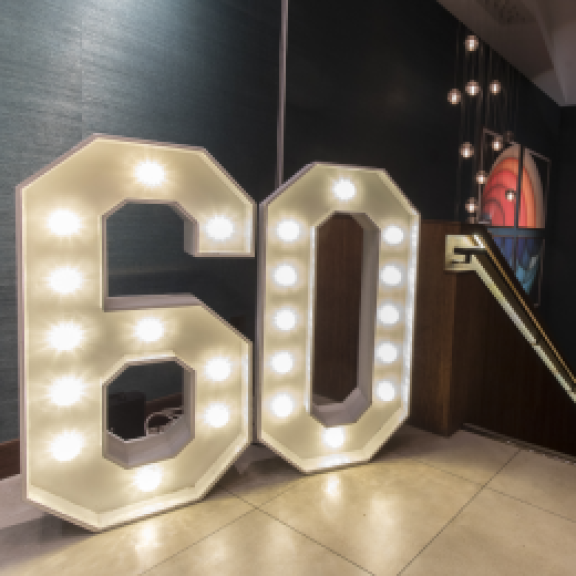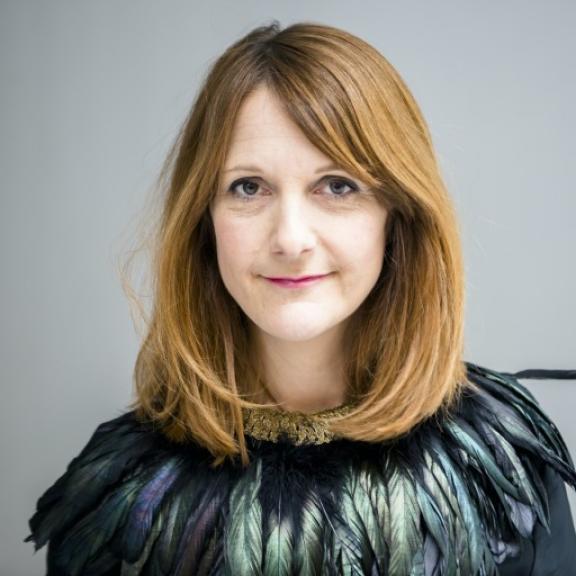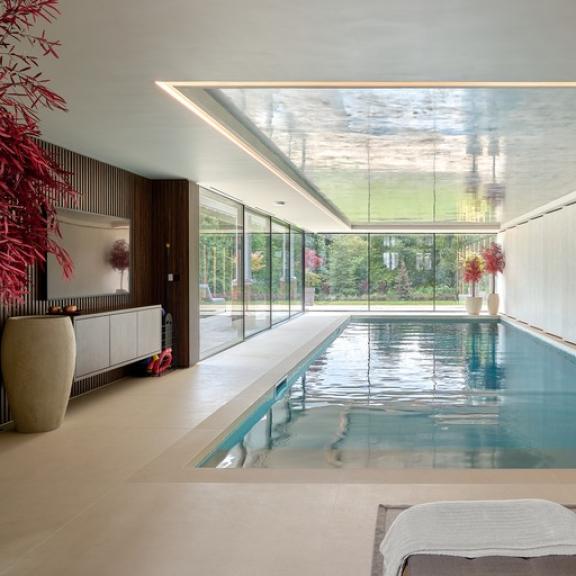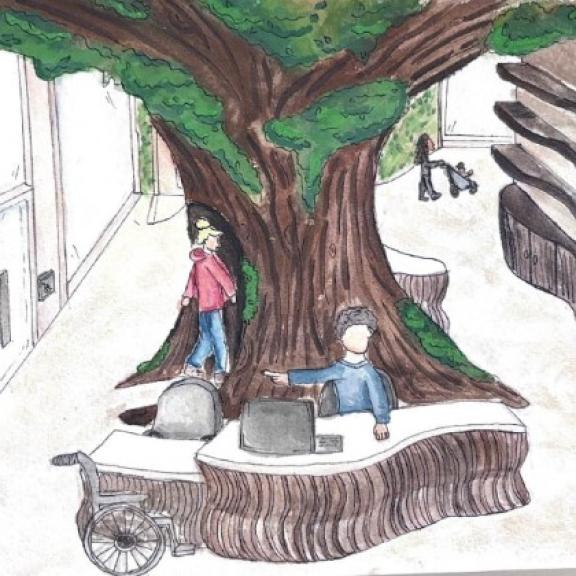What Makes The Perfect Junior Designer With Verity Coleman
A junior designer plays an important role in a practice. We asked BIID council member Verity Coleman to describe the characteristics of an ideal colleague
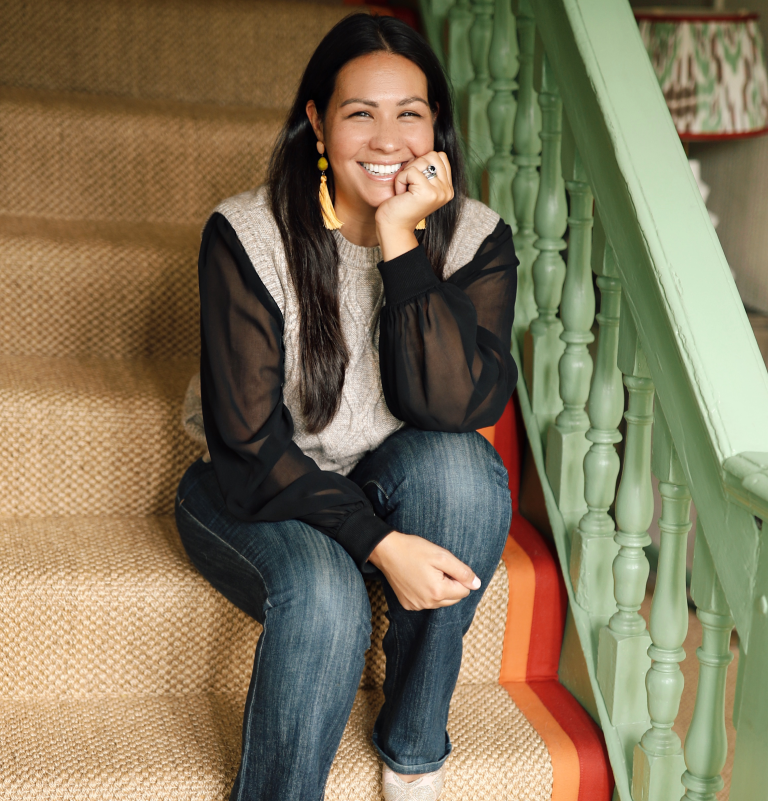
Our series Practice Made Perfect explores aspects of the interior design process and how they can be made perfect. Each edition features a different BIID designer and their views on an ideal design process. Below, Verity Coleman examines the characteristics and skills of the perfect junior designer.
Verity is the director of Rascal & Roses, an award-winning boutique interior design and interior architecture studio that she established in 2013 and which is based in Hereford city centre. Verity spent 12 years as an officer in the British Army and drew on her project management and leadership skills to create the dynamic design studio. The practice works on both residential and commercial projects in the UK and beyond and specialises in period properties. Verity is a member of the BIID’s Council of Directors.
We asked Verity to talk about the qualities the perfect junior designer should possess, and these are her insights.
Given that they meet the education and experience criteria for the role, what other aspects of a first meeting or interview with a junior designer would prompt you to think you could have a good working relationship with them?
A polite individual who is enthusiastic goes a long way! I would expect junior members to be respectful of the rest of the team and everyone they come into contact with. The best juniors understand they will need to work alongside the rest of the studio so we can achieve the best outcomes for our clients.
As a service industry, interior design is very people orientated; our relationships with clients and suppliers are very important and really is the key to delivering successful projects. If, on first meeting, a junior designer was uncomfortable talking one to one or to a small group in the studio, I would be concerned that it would be hard for them to interact successfully with clients and suppliers alike. A natural rapport is hard to teach and ideally we’d want our junior team members to be able to pick up the phone or chat in a meeting comfortably and thoughtfully.
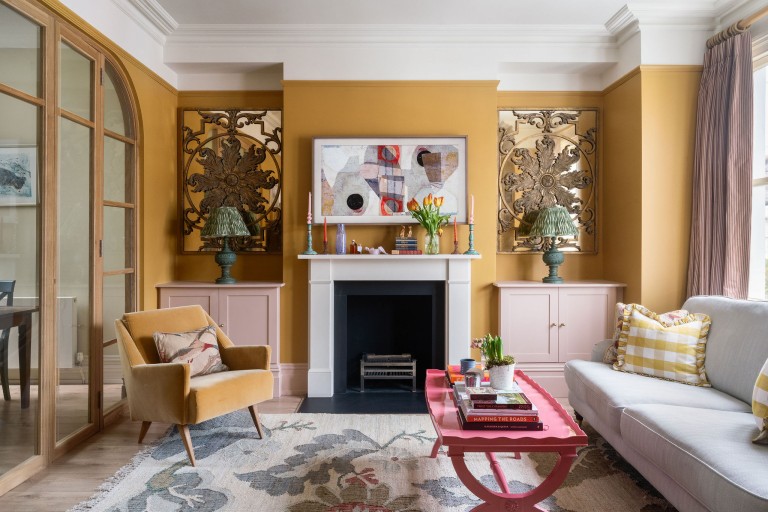
What’s important when it comes to a junior designer’s ability to be part of the team?
It’s a tough balance, but ideally junior designers should be quietly confident in their own abilities but willing to learn from others across the board – be that senior designers or decorators and other trades that we work with.
Junior designers ideally need to be very flexible in their skills. Different roles within the studio focus on different skills and, for juniors, learning all aspects of the business is the best way for them to progress. That might mean working with the procurement manager ordering FF&E in the morning and then helping with collating concept images in the afternoon.
A junior designer needs to be able to work across all the branches in order not only to learn, but also to be extra manpower wherever it is needed.
And what level of independence should a junior designer show in order to become a valuable member of the practice?
For me, a junior designer spends a lot of time listening and trying to get to grips with the different aspects of how we do our work and understands how they can add value to the studio, however junior they may be.
Taking direction is a key requirement of the job, but having a level of independence where a junior designer could go to any member of the team and suggest they do x, y or z in order to achieve something is always going to be a great asset. Successful junior designers want to learn, but they also want to be helpful and feel like they are valued members of the studio – being able to preempt potential problems or noticing the smaller things can really help with this.
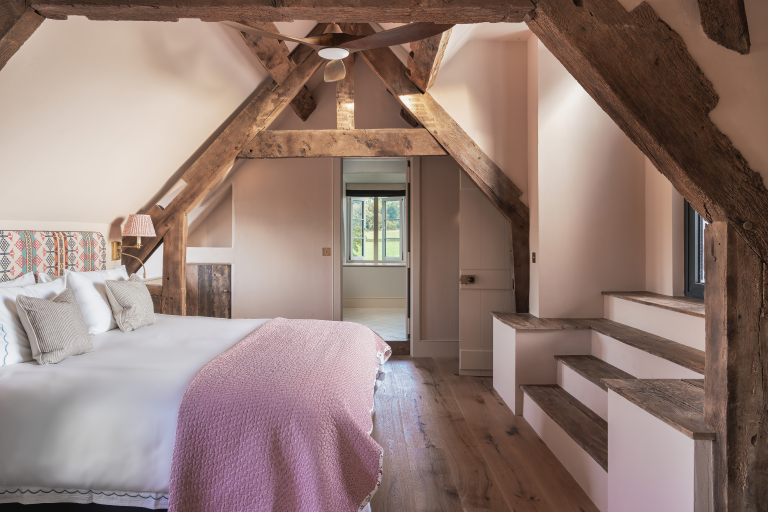
What type and level of organisational skills should the perfect junior designer possess?
A perfect junior designer doesn’t have to be the most organised person in the office, but I think it really helps. Interior design studios are busy places, with lots of systems that work, but they are generally quite complex and made up of lots of different actions that need to be undertaken. For disorganised junior designers it’s a struggle to utilise systems and that makes life tricky for everyone else in the studio, too. Being organised and feeling in control of their own work allows a junior designer to help others in the team and hopefully enjoy their time at work rather than feeling like they are always a step behind, which is demoralising and exhausting and absolutely not where anyone wants to be (junior or otherwise)!
How proficient does the ideal junior designer need to be in using professional software? And is experience of using AI essential for junior designers nowadays?
A good grasp of professional software would be an added bonus, but we would much rather have a hardworking, conscientious and enthusiastic junior designer who would like to learn and progress than a very skilled CAD technician who doesn’t have any of the other softer skill set. We can teach technical skills to those who wish to learn and would rather invest our energy and time into teaching this than constantly battling with a designer who isn’t keen to learn anything. Using AI would be a great thing that I think we would love our junior designers to have experience in, but again, not having any experience would not be a red line in our studio.
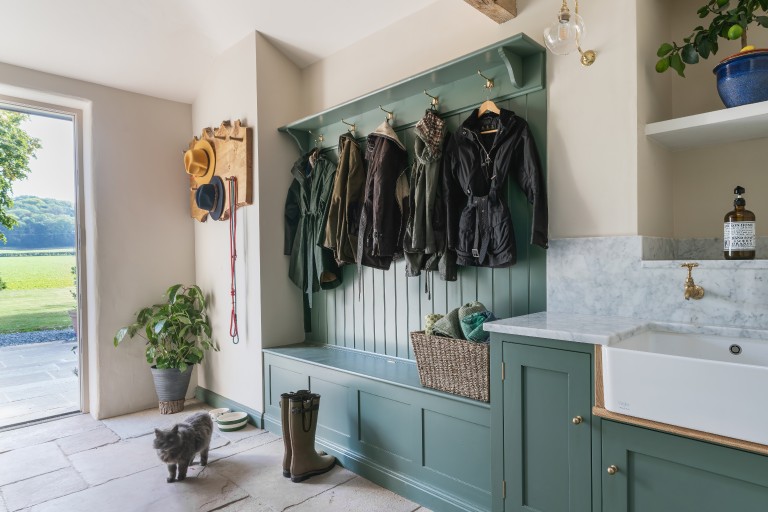
What should the ideal junior designer be able to contribute to a practice in terms of awareness of interior design trends, developments, and issues such as sustainability?
Junior members’ awareness of trends, different styles, sustainability and general industry knowledge is always valuable. Ideally, a junior would be able to help contribute to concept designs (which can be man-hour intensive) or focus on aspects of the design throughout a project such as sustainability. We don’t need a junior designer to be an expert, but knowing where to look or which references are relevant and important and a willingness to learn on the job would be extremely useful to the team as a whole.
What does the perfect junior designer bring to client relationships?
A polite, personable and organised junior can add huge value to client relationships. There are so many straightforward but useful interactions that juniors can undertake to really enhance a client’s experience. Being able to be a knowledgeable point of contact for the client, even if it is just to pass messages on behalf of more senior members, can help take the pressure off other team members and really help show the clients that the whole studio is taking time and care on their project.
Are there any other characteristics or ways of working that typify the best junior designers?
Interior design is an ever-evolving trade: things change all the time and not even the most experienced designers know all of the answers all of the time, so it’s completely unrealistic to expect a junior designer to know it all. The best junior designers have a willingness to learn, underpinned by a great work ethic and curiosity to do the best they can.
Find out what makes the perfect client in our Q&A with Naomi Astley Clarke and what makes the perfect architect in our Q&A with Henry Prideaux and what makes the perfect surveyor in our Q&A with Michael Schienke
Explore new resources from the BIID. Seeing a padlock? Just login or become a member to view.
View the highlights from our 60th anniversary party
We asked Anna Burles: What makes the perfect software?
Discover the smart home technology awards with Platinum Partner, CEDIA
Explore the latest, member-exclusive, templates designed to make your life easier.
University of Gloucestershire wins the BIID Student Design Challenge 2025.

